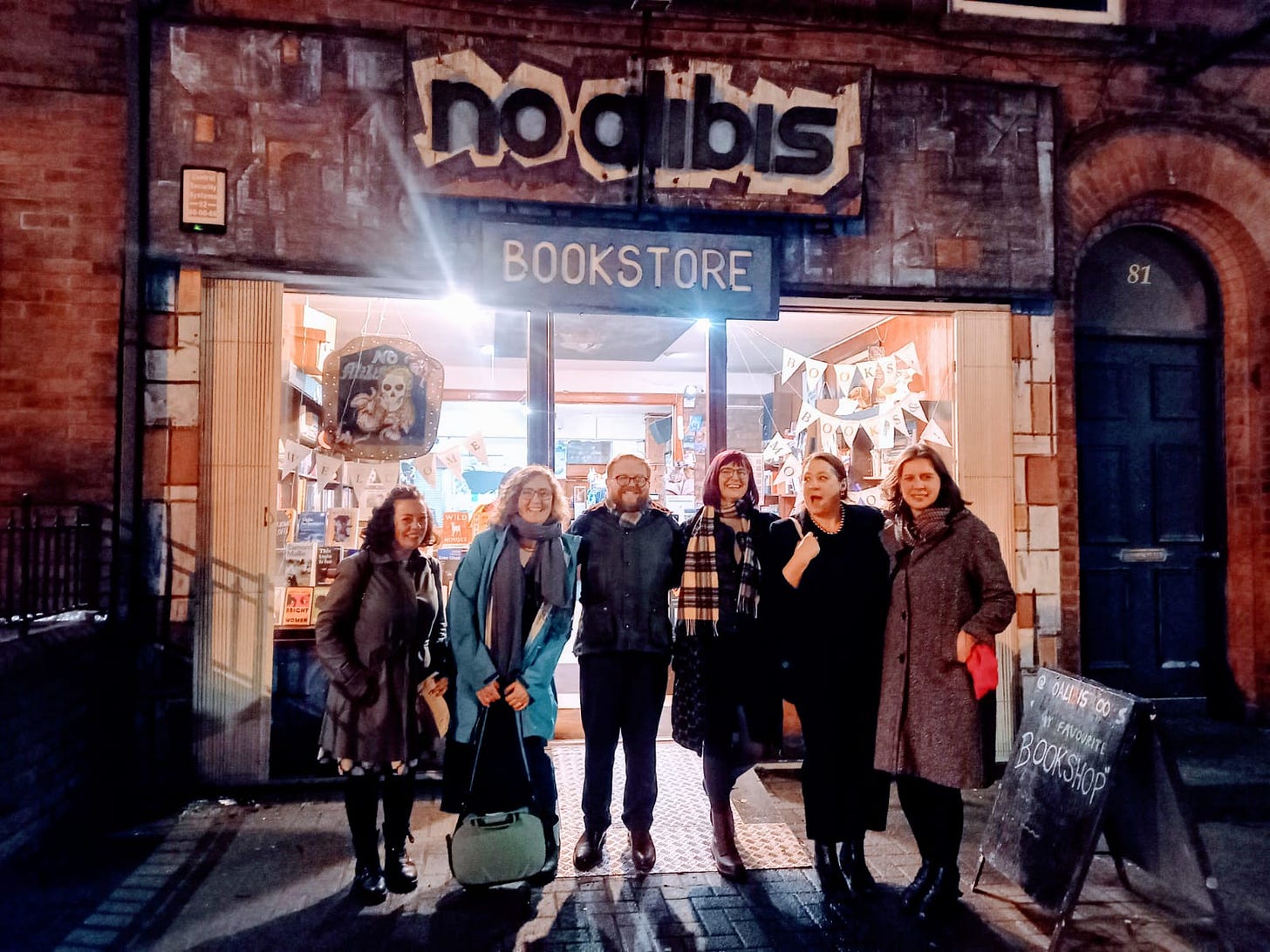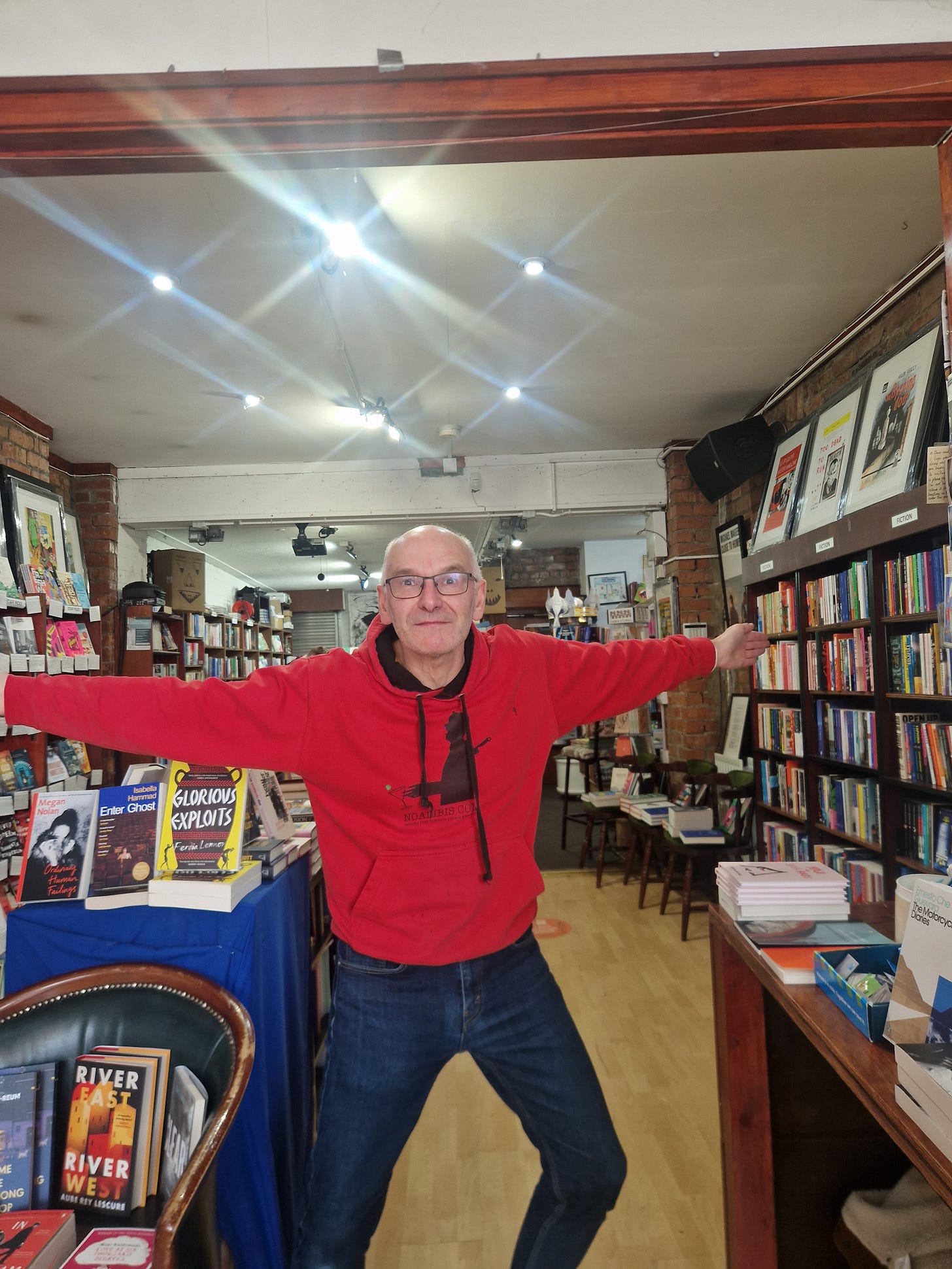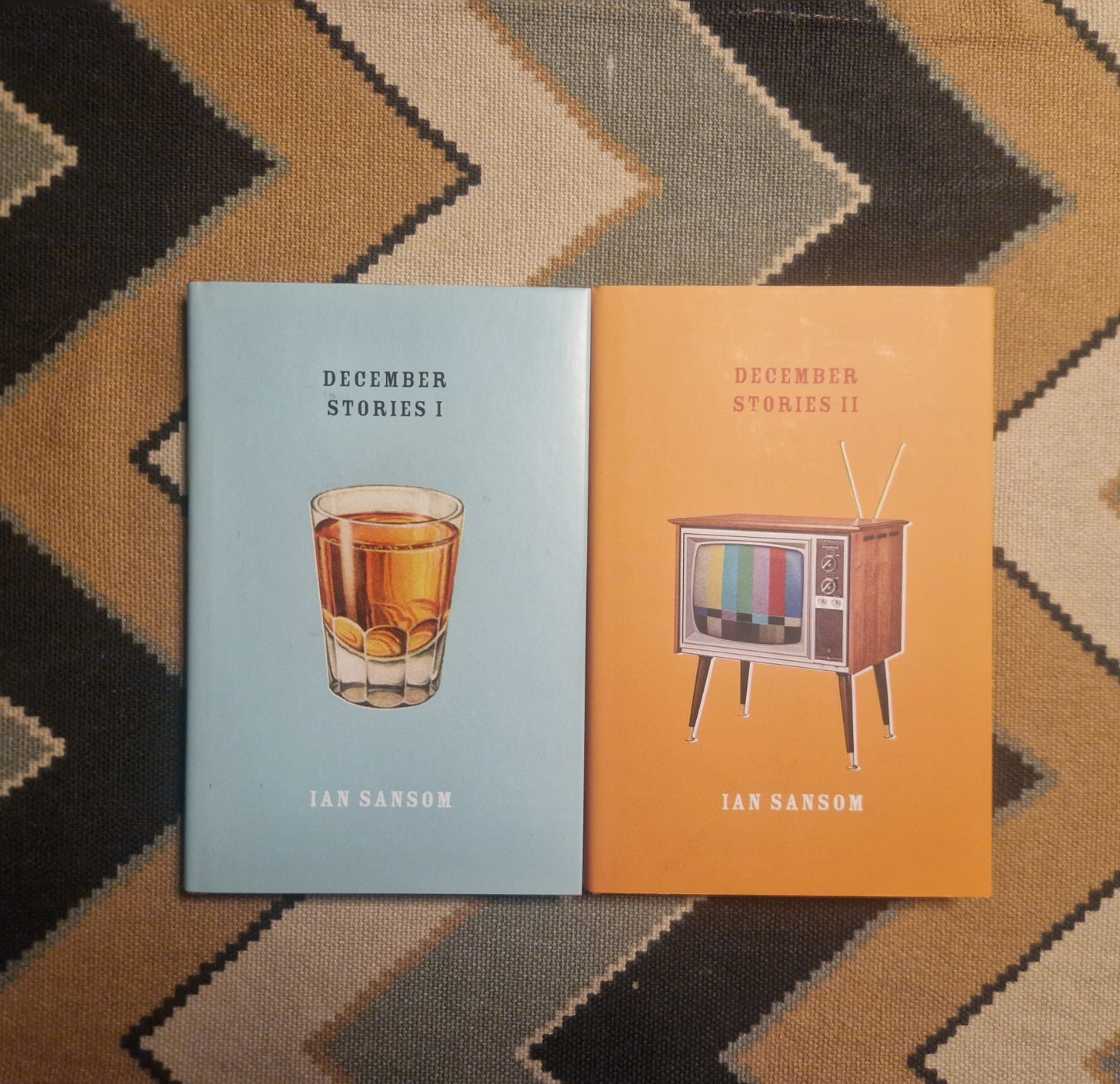Since I last posted on here, mentioning the role played by the Child Ballads in shaping two new books by Peter Manson and David Wheatley, a few renderings of my own of some older ballads have appeared online.
pdf.mag is a new venture from Ireland and they have as well as launching their first issue , just opened up submissions for their next issue.
A quick word on my “ballads” — they are attempts to apply various forms of pressure to the ballad form by either emphasising their repetitiveness of vocabulary as in the case of this one below:
Or the strangeness of some of the language like here:
I’ve also just returned from Belfast, where I was delighted to be part of a panel of writers organised by Niamh Cullen for the Imagine! Festival of Ideas. Alongside Olivia Fitzsimons, Juliana Adelman, Aoife Bhreatnach and led by Carrie Griffin our conversation ranged widely over the possibilities, limitations and strange obsessions that fictional and non-traditional approaches to historical events, persons and periods can engender.
It all took place in the glorious confines of one of Belfast’s finest bookshops: No Alibis. While waiting for the event to begin and after the bookshop had officially closed, I snapped up two books which I had been waiting to get for some time. Maeve Brennan, once of the New Yorker, has received something of renewed attention lately thanks to two new editions of her work out from Peninsula Press. Each comes with new introductions: one by Claire-Louise Bennett and the other by Sinead Gleeson.
David, the owner of No Alibis, had ensured that fresh copies of Pacemaker were available on the night and suggested I come by the following morning to sign a few copies. I was warned however there was to be no more book buying!
When I went back the following morning, David gamely did his best to prevent me from buying yet more books, as illustrated below
After plying me with some lovely coffee and conversation, he then very generously gifted me a couple of books from No Alibis own publishing imprint.
There is something really wonderful about a small, independent bookshop that really makes itself valuable to a community of readers and writers not only by selling books, but by publishing them. There’s even something to be said for a bookseller who occasionally tries to stop you from buying more books!
On a different—but related—note, I was recently at the new exhibition by Sami artist Britta Marakatt-Labba in Oslo’ Nasjonalmuseet. Among the many extraordinary pieces, not the least of which being her enormous tapestry “Historja” which tells the story of the Sami peoples through time, was a piece which showed the complex interaction between Sami systems of belief and those of Christianity which was first imposed upon and later taken up by Sami peoples. I was especially interested in her representation of the three magi in this piece:
Elsewhere in Nasjonalmuseet, on the first floor, is another object, also a tapestry—this time from the middle ages, presumed to be from around 1200-1250—and it once adorned the walls of Høylandet church in Trøndelag. This is also shows the arrival of the three magi after following the star of Bethlehem.
My interest in representations of the magi have been especially sparked by reading recently of Anthony Grafton’s Magus: The Art of Magic from Faustus to Agrippa which explores what magic was thought to be and how it was understood in the early modern period.
It is easy to dismiss belief in magic in previous ages as mere superstition, ignorance and credulity, but Grafton’s book shows that instead magic was a complex set of thoughts, and means of explaining what was inexplicable about the world. It was a form of knowing which was practiced by the reputable and disreputable alike. Returning to the theme of historical fiction, this recognition of magic as something to be taken seriously, to be feared as well as respected, is deployed to great effect in Daniel Kehlmann's Tyll which was published a few years ago and which I also recently read. Perhaps historical fiction is best understood as a kind of conjuring, a form of magic: a filling in of absent knowledge that would fit if we had it to hand, but not having it, we have to find other ways to tell the stories of the past.












